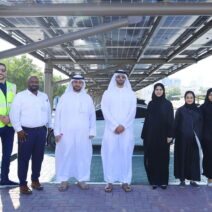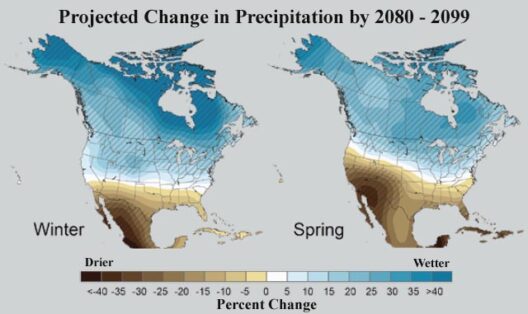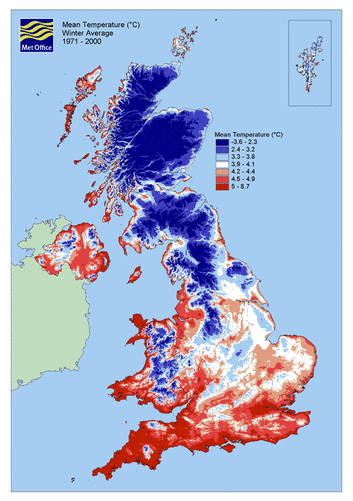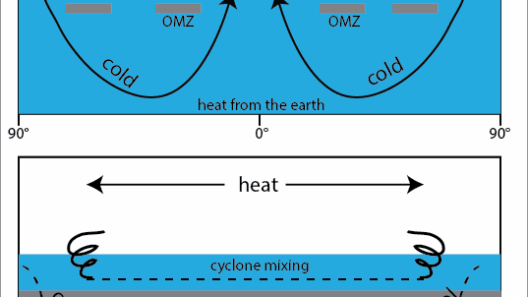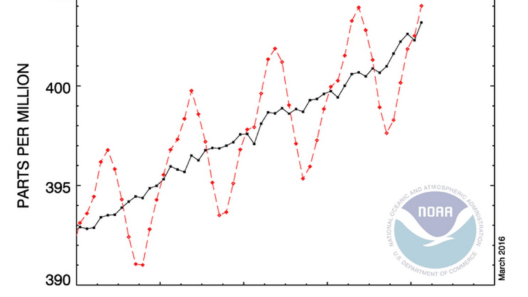Global warming, a term that resonates through scientific corridors and environmental debates alike, signifies not merely a rise in Earth’s average temperature but heralds profound ramifications that can alter ecosystems and human civilization. This phenomenon is the unwitting catalyst for myriad unseen connections. From the intricate interplay between greenhouse gases and atmospheric phenomena to the cascading effects on biodiversity and human health, these connections illuminate a complex matrix where each element is interwoven, forming a tapestry of consequences borne from a seemingly simple cause—our continued reliance on fossil fuels.
In recent years, it has become increasingly evident that the narrative of global warming is intricately linked with anthropogenic activities. The term ‘anthropogenic’, derived from the Greek words ‘anthropos’ meaning human and ‘genes’ meaning born of or produced by, encapsulates the essence of human-induced factors contributing to climate change. The combustion of fossil fuels for energy generation, transportation, and industrial processes releases copious volumes of carbon dioxide and other greenhouse gases into the atmosphere. These gases create a blanket that traps heat, leading to the gradual warming of the planet.
The unseen connections extend beyond mere atmospheric alterations. For instance, the milking of the Earth’s resources for energy underlies agricultural practices that have transformed landscapes worldwide. The demand for sustenance requires land use changes that often result in deforestation, thereby diminishing the planet’s ability to sequester carbon. With every tree felled, the possibility of reversing the very changes we have provoked diminishes. Deforestation and agriculture are interlinked with climate change in a vicious cycle; as temperatures rise, irrigation needs increase, often leading to over-extraction of water resources and soil degradation.
Moreover, the ramifications of global warming are not uniformly distributed across the globe. The disparity between developed and developing nations fosters an inequitable burden of climate impacts. While industrialized nations have historically contributed more to greenhouse gas emissions, many developing countries face the brunt of climate change effects, from devastating floods to prolonged droughts. This inequity often reflects the vulnerabilities inherent in socio-economic structures, where marginalized communities possess fewer resources to adapt to an increasingly volatile climate.
Another facet of this issue involves the intricate web of ecosystems affected by global warming. Coral reefs, often dubbed the “rainforests of the sea,” epitomize the fragility of our marine environments. As ocean temperatures rise, coral bleaching becomes an ever-present threat, with corals expelling the symbiotic algae that provide them with nourishment and color. This not only leads to a loss of biodiversity but also impacts fisheries and livelihoods reliant on healthy marine ecosystems. The displacement of species due to shifting habitats further disrupts food webs, highlighting the interconnectedness of terrestrial and aquatic systems.
These complexities extend into the realm of human health, a critical yet frequently overlooked consequence of climate change. Rising temperatures facilitate the spread of vector-borne diseases as insects such as mosquitoes extend their range, thriving in formerly inhospitable regions. This connection between warming and disease ecology exemplifies how global warming influences health outcomes and exacerbates existing vulnerabilities. Heatwaves, intensified by climate change, pose direct threats to individuals’ well-being, leading to increased morbidity and mortality rates.
Addressing global warming requires a multifaceted approach that acknowledges these unseen connections. It is imperative to embrace renewable energy sources, such as wind, solar, and hydropower, as viable alternatives to fossil fuels. Transitioning to a circular economy, where waste is minimized and products are reused or recycled, can mitigate the environmental impact stemming from traditional linear consumption patterns. Innovations in technology present opportunities for energy efficiency and emissions reductions that hold promise for a sustainable future.
On an individual level, adopting sustainable lifestyle practices contributes collectively to mitigative efforts. This can include reducing reliance on single-use plastics, embracing public transport, and opting for a plant-based diet, all of which can lessen one’s carbon footprint. Engaging in community initiatives that promote environmental stewardship fosters collective awareness and encourages a cultural shift towards sustainability.
The interactions between climate change and public policy illuminate another critical dimension of this issue. Governments must prioritize climate resilience in planning and development, ensuring that infrastructure is designed to withstand the effects of climate change. Integrating climate considerations into policymaking at all levels can catalyze progress toward reducing emissions and enhancing adaptive capacities.
The appeal of discussing global warming lies not solely within its immediate effects but extends to a profound awakening of our interconnected existence on this planet. Every action, whether seemingly trivial or monumental, reverberates through our shared environment, forging connections that may remain unseen until they culminate in an observable consequence. Thus, the need for collective action is clear, as humanity stands at a crossroads, facing choices that will reverberate through generations.
In conclusion, global warming represents an intricate web of connections that spans ecological, social, and economic spheres. Recognizing the depth of these links enhances our understanding of the climate crisis and underscores the importance of a holistic approach in addressing it. As we navigate this complex landscape, a commitment to sustainability and resilience is paramount if we are to forge a path toward a stable and thriving planet for future generations.

